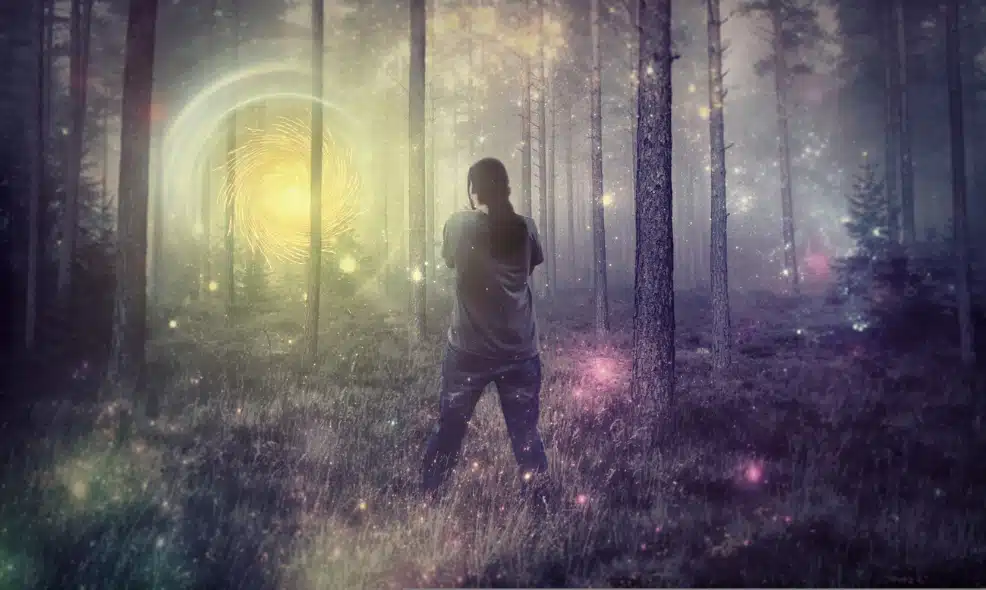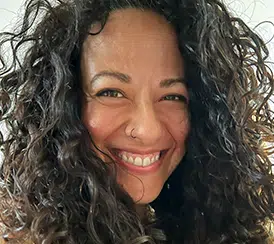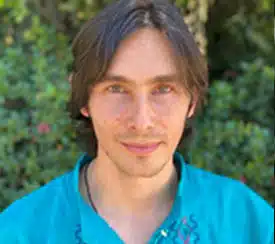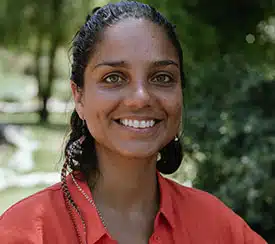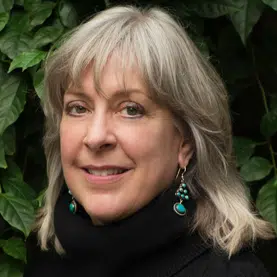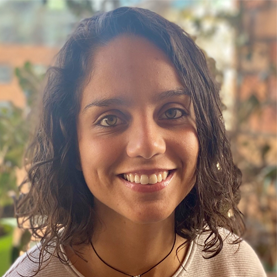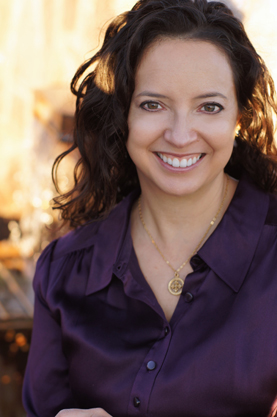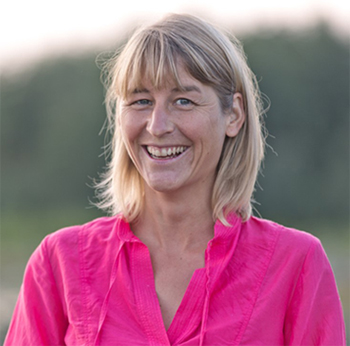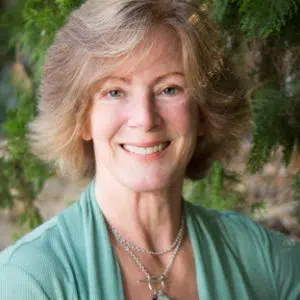The myth of Inkari appears for the first time in the Q’ero villages. The legend says that after
founding the Inka Empire, Inkari and Collari left Cusco and returned to the Amazon. But they made a stop in the Q’ero hamlets, and the first father and mother promised to return when the time was right.
The Q’ero are perched in the highlands above the jungle, and villagers regularly make the 70
kilometer trek down to the lush Amazon to harvest coca and other foodstuffs. The myth explains that the first parents abandoned the ornate stone edifices in the city of Cusco
for the wild and pristine rainforest.
Inkari did not return to the Sun, for he had not perished. He traveled to the verdant jungle, where he would lie in waiting until the time was right to return to the world of humans.
The Q’ero remembered this promise by embroidering the figure of the “wild man of the jungle”
in their textiles. This being is known as the chuncho, who represents the “first being” who inhabited the world and who emerged from the Amazon garden.
While it might seem contradictory to us that the chuncho represents the ancestor beings and also the promise of Inkari to return, this does not present a contradiction to the Andean dwellers, who have a less linear understanding of time. In the mind of the Andeans, time can turn like a wheel, and the past will return, albeit in a different yet distinctly recognizable way. Inkari will return, perhaps not even as a child, but as you and me.
The chuncho is a V-shaped figure that has four rays emanating from it, representing the four
corners of the Earth. It is a mark of the royal house of the Inka, and the Q’ero are the only peoples in the Andes who use this motif in their textiles. The pattern not only establishes the regal ancestry of these people; it also serves to remind all peoples of the Andes of the return of their founding father.
The return of Inkari also serves to explain the belief that we return again lifetime after lifetime,
sometimes born black, other times born brown, white, Native American, European, or African. But only the shamans who mapped the territory beyond death, who knew the landscape and the trappings in the realms between the worlds, were able to be born in the place of their choosing.
Only they were able to be born again in the land of Q’ero, a forbidding place where very little food grew, at altitudes that would take an ordinary man’s breath away. This was the nest of the eagles, where they could come to a life undisturbed by those who preferred the comfort of the pigeon coops or the city. And they would come back with a mission: to usher the return of Inkari.
But is there a deeper meaning to this myth? Sit for a moment and contemplate how this myth affects you on a deep level. Is this myth casting a spell affecting how you view the world? Is it time to release the spell of this myth to the fire and create a new mythology?
